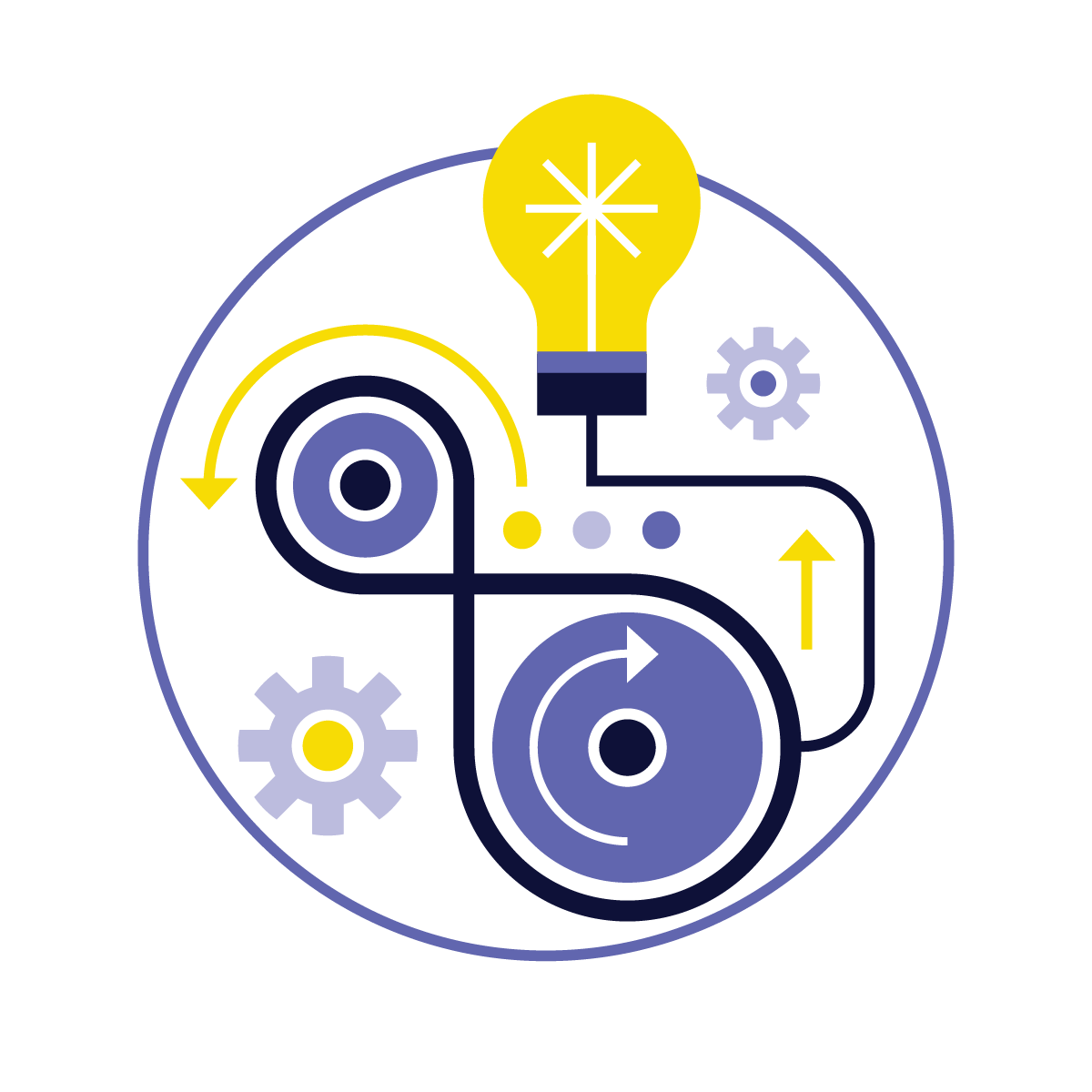Workers in car design studios have used clay for at least 80 years. Each year, designers at General Motors still use thousands of pounds of it! But this red-brown clay isn’t the same stuff you might dig up in your back yard. It’s also not the stuff your mom’s favorite pottery bowl is made from. Designers’ clay has wax in it. The wax makes the clay stay soft and useful. Designers can slap the clay onto models they call maquettes (ma-KETS) without worrying about the stuff drying out. Good thing! They will have to make all kinds of tweaks to the maquettes, and it might take a long time. That’s what building prototypes is all about.
A prototype is a model that tests out an idea. Can you imagine building something as expensive and complex as a car? How about doing it without a plan? Every new car made by a company needs to run. It needs to be safe. To sell, it needs to be stylish. And the cool curves and sharp lines on a car body don’t just make the car look good. They make it strong too. If designers picked the wrong outlines and shapes, the car would turn out floppy! Designers have to think of another problem too. They want to make a one-of-a-kind car. But they also need to make something that can be copied—manufactured efficiently hundreds of thousands of times.
If you walked into an artist’s studio, you would expect to see unfinished canvases with experiments on them. You could think of those as the artists’ prototypes. This experimentation is their way of thinking ahead. Instead of trying their design on their finished work of art, they have saved time—and paint—by practicing first. Inventors, designers, and builders use prototypes to learn. They often learn best by manipulating objects with their own hands.


















